Home>Home Appliances>Kitchen Appliances>How To Protect Glass Stove Top From Scratching
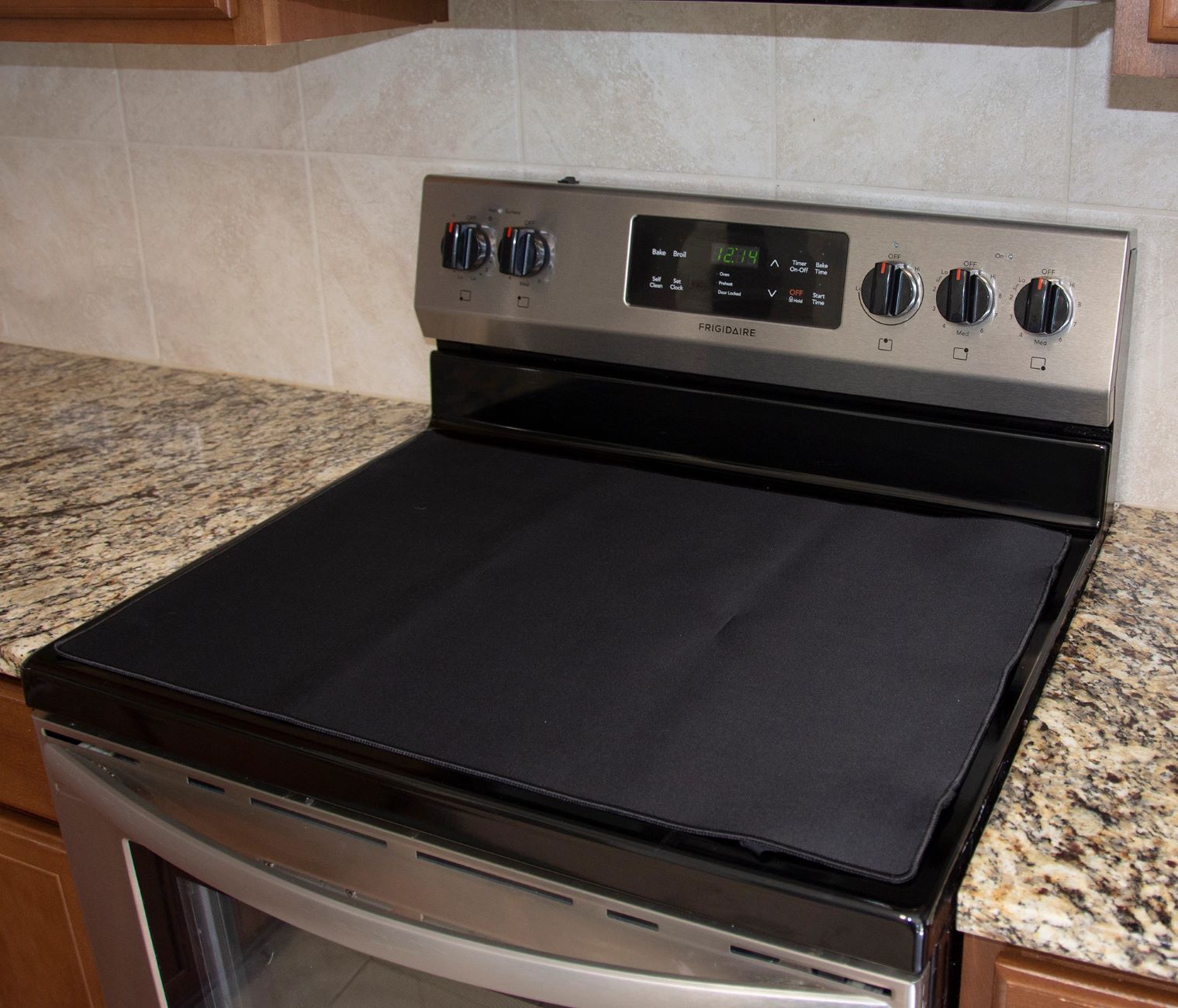

Kitchen Appliances
How To Protect Glass Stove Top From Scratching
Modified: August 17, 2024
Learn how to protect your kitchen appliances with these tips for preventing scratches on your glass stove top. Keep your kitchen looking new and scratch-free!
(Many of the links in this article redirect to a specific reviewed product. Your purchase of these products through affiliate links helps to generate commission for Storables.com, at no extra cost. Learn more)
Choosing the Right Cookware
Selecting the appropriate cookware is crucial for safeguarding your glass stove top from scratching. Here's what you need to consider:
-
Material Matters: Opt for cookware with smooth, flat bottoms made of materials such as stainless steel, aluminum, or copper. These materials are less likely to scratch the glass surface compared to rough or uneven ones.
-
Size and Weight: Ensure that the cookware is suitable for your glass stove top. Heavy pots and pans can cause friction and scratches, so choose lightweight options that are easy to handle.
-
Avoid Cast Iron: While cast iron cookware is renowned for its durability and heat retention, it can be abrasive on glass stove tops. The rough surface of cast iron can easily scratch the glass, making it essential to use alternative cookware options.
-
Check for Induction Compatibility: If your glass stove top is induction-based, look for cookware specifically designed for induction cooking. Induction-compatible cookware ensures efficient heat transfer without causing damage to the glass surface.
-
Consider Non-abrasive Materials: Non-abrasive cookware, such as ceramic or porcelain enamel, is gentle on glass stove tops. These materials provide a protective barrier between the cookware and the glass, reducing the risk of scratches.
By carefully selecting the right cookware, you can effectively safeguard your glass stove top from potential damage, ensuring its longevity and preserving its pristine appearance.
Key Takeaways:
- Choose smooth, lightweight cookware like stainless steel or ceramic to protect your glass stove top from scratches. Avoid cast iron and use non-abrasive materials for safe and efficient cooking.
- Keep your glass stove top clean and use protective covers like silicone mats and burner covers to prevent scratches. Be mindful of utensils and handle them with care to maintain its pristine appearance.
Read more: How To Protect Glass Cooktop From Scratches
Cleaning and Maintenance
Maintaining a clean and well-maintained glass stove top is essential for preventing scratches and preserving its sleek appearance. Here's how you can effectively clean and care for your glass stove top:
Regular Cleaning
Regular cleaning is key to preventing the buildup of grime and food residue that can potentially scratch the glass surface. Follow these steps for routine cleaning:
-
Use Gentle Cleaning Agents: When cleaning your glass stove top, opt for gentle, non-abrasive cleaning agents specifically formulated for glass surfaces. Avoid harsh chemicals or abrasive cleaners that can cause scratches or damage the glass.
-
Soft Cleaning Tools: Utilize soft cleaning tools such as microfiber cloths or non-abrasive sponges to gently remove spills and stains. Abrasive scrubbers or steel wool should be avoided as they can scratch the glass surface.
-
Prompt Spill Cleanup: Accidental spills should be promptly cleaned to prevent them from hardening and becoming more challenging to remove. Allow the stove top to cool before wiping away spills to avoid potential thermal shock.
Deep Cleaning
Periodic deep cleaning is necessary to tackle stubborn stains and maintain the pristine condition of your glass stove top. Follow these steps for deep cleaning:
-
Specialized Glass Cleaners: Consider using specialized glass stove top cleaners designed to effectively remove tough stains and grease without causing damage. These cleaners are formulated to be gentle on the glass surface.
-
Careful Scrubbing: When dealing with stubborn stains, gently scrub the affected areas using non-abrasive cleaning tools. Exercise caution to avoid applying excessive pressure that could potentially scratch the glass.
-
Regular Maintenance: Implement a regular maintenance routine to keep your glass stove top in top condition. This includes wiping down the surface after each use and addressing spills promptly to prevent them from hardening.
Protective Measures
In addition to regular cleaning, implementing protective measures can further safeguard your glass stove top from scratches:
-
Use Cookware Protectors: Consider utilizing cookware protectors or liners to create a barrier between the cookware and the glass surface. These protectors help minimize direct contact and reduce the risk of scratches.
-
Avoid Dragging Cookware: When moving cookware across the glass stove top, lift the pots and pans instead of dragging them. This simple practice can prevent potential scratches caused by friction.
-
Regular Inspection: Periodically inspect your glass stove top for any signs of wear or damage. Addressing minor issues promptly can prevent them from escalating and causing more significant damage.
By incorporating these cleaning and maintenance practices into your routine, you can effectively protect your glass stove top from scratching and ensure its longevity and pristine appearance.
Using Protective Covers
Protective covers serve as an effective barrier between your cookware and the delicate surface of your glass stove top, offering an additional layer of defense against scratches and abrasions. By implementing protective covers, you can safeguard your glass stove top and prolong its pristine condition. Here's how you can make the most of protective covers to preserve the integrity of your glass stove top:
Silicone Mats and Pads
Silicone mats and pads are designed to provide a cushioned layer of protection between your cookware and the glass surface. These flexible and heat-resistant accessories offer a non-slip surface, preventing pots and pans from shifting during cooking. Additionally, silicone mats and pads effectively minimize the risk of scratches caused by direct contact between the cookware and the glass stove top.
Cookware Protectors
Utilizing cookware protectors or liners is an excellent preventive measure to shield your glass stove top from potential damage. These protectors are specifically crafted to fit various cookware sizes and shapes, creating a protective barrier that mitigates the risk of scratches. By placing these liners between the cookware and the glass surface, you can significantly reduce the likelihood of abrasive contact, ensuring the longevity of your glass stove top.
Burner Covers
Burner covers not only enhance the aesthetic appeal of your glass stove top but also offer an additional layer of protection. These covers are designed to fit over the burners, providing a shield against spills and splatters that could potentially cause scratches. By effectively containing spills and preventing them from coming into direct contact with the glass surface, burner covers play a vital role in preserving the flawless appearance of your glass stove top.
Read more: How To Remove Scratches From Glass Cooktop
Protective Pads for Utensils
When placing utensils on the glass stove top, utilizing protective pads or trivets can prevent scratches and marks. These pads act as a buffer between the utensils and the glass surface, minimizing the risk of abrasions caused by metal or hard plastic utensils. By incorporating protective pads into your cooking routine, you can ensure that your glass stove top remains unblemished and free from scratches.
By integrating these protective covers into your kitchen practices, you can effectively safeguard your glass stove top from potential scratches and maintain its pristine condition for years to come. These simple yet impactful measures contribute to the longevity and visual appeal of your glass stove top, allowing you to enjoy its functionality without compromising its aesthetic charm.
Being Mindful of Utensils
When it comes to protecting your glass stove top from scratching, being mindful of the utensils you use is paramount. The choice of utensils and how they are handled can significantly impact the longevity and pristine condition of your glass surface. Here's a detailed look at how you can exercise caution and mindfulness when it comes to utensils:
Utensil Selection
The selection of utensils plays a crucial role in preventing scratches on your glass stove top. Opt for utensils made of materials that are gentle on the glass surface, such as silicone, wood, or bamboo. These materials are less likely to cause abrasions compared to metal or hard plastic utensils. Additionally, silicone-coated or nylon utensils offer a soft and non-abrasive surface, making them ideal choices for use on glass stove tops.
Handle with Care
Handling utensils with care is essential to prevent accidental damage to the glass surface. When placing utensils on the stove top, do so gently to avoid unnecessary friction. Avoid dropping or dragging utensils across the glass, as these actions can potentially lead to scratches. By handling utensils with mindfulness and delicacy, you can minimize the risk of inadvertently causing damage to your glass stove top.
Avoid Metal Implements
Metal utensils, such as stainless steel spatulas or tongs, can pose a higher risk of scratching the glass surface. It's advisable to refrain from using metal implements directly on the stove top, as the hardness of metal can easily cause abrasions. Opt for softer alternatives, such as silicone-coated or wooden utensils, to ensure that your glass stove top remains unmarred and free from scratches.
Regular Inspection
Periodically inspecting your utensils for any signs of wear or damage is essential for preventing potential scratches on the glass stove top. Check for any rough or jagged edges on utensils that could inadvertently cause scratches when in contact with the glass surface. By promptly replacing worn or damaged utensils, you can maintain a protective barrier between the cookware and the stove top, reducing the risk of scratches.
Utilize Protective Pads
When placing utensils on the glass stove top, consider using protective pads or trivets to create a buffer between the utensils and the surface. These pads provide an additional layer of protection, minimizing the direct contact between utensils and the glass. By incorporating protective pads into your kitchen practices, you can effectively mitigate the risk of scratches caused by utensils.
By being mindful of the utensils you use and implementing these precautionary measures, you can effectively protect your glass stove top from scratches and maintain its pristine appearance. These simple yet impactful practices contribute to the longevity and visual appeal of your glass stove top, ensuring that it remains a focal point of your kitchen for years to come.
Frequently Asked Questions about How To Protect Glass Stove Top From Scratching
Was this page helpful?
At Storables.com, we guarantee accurate and reliable information. Our content, validated by Expert Board Contributors, is crafted following stringent Editorial Policies. We're committed to providing you with well-researched, expert-backed insights for all your informational needs.
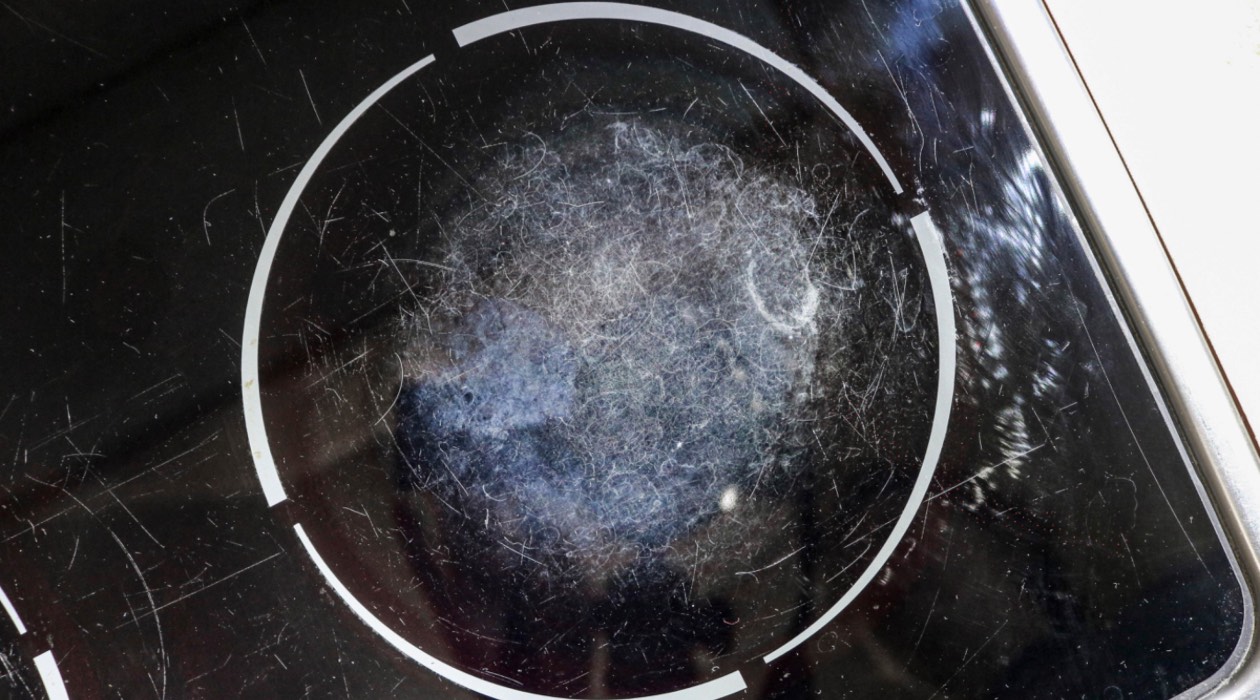
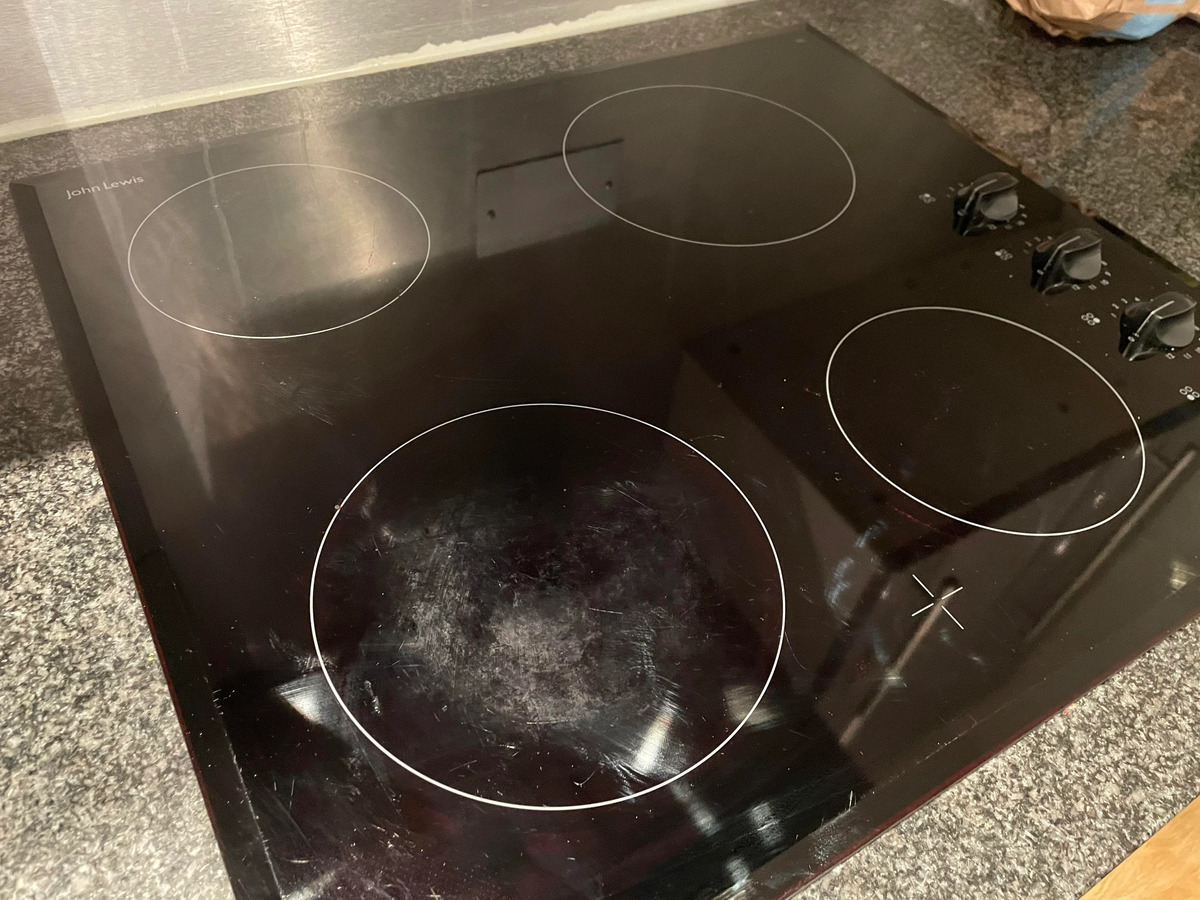
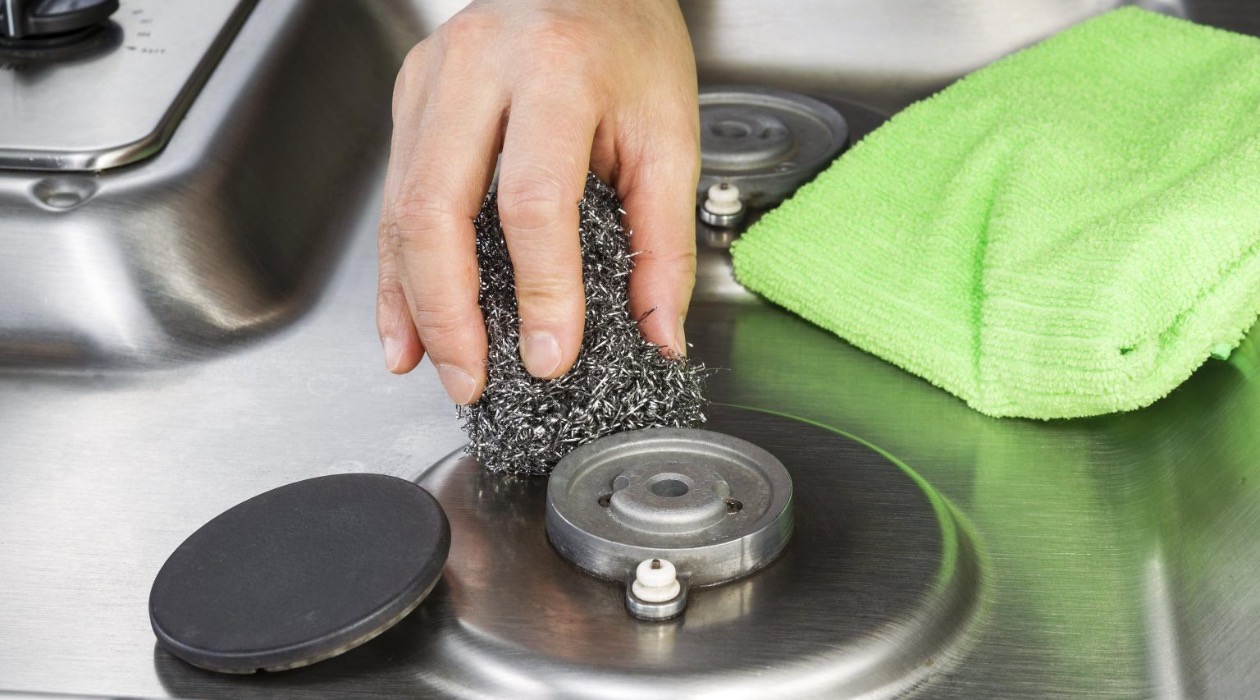
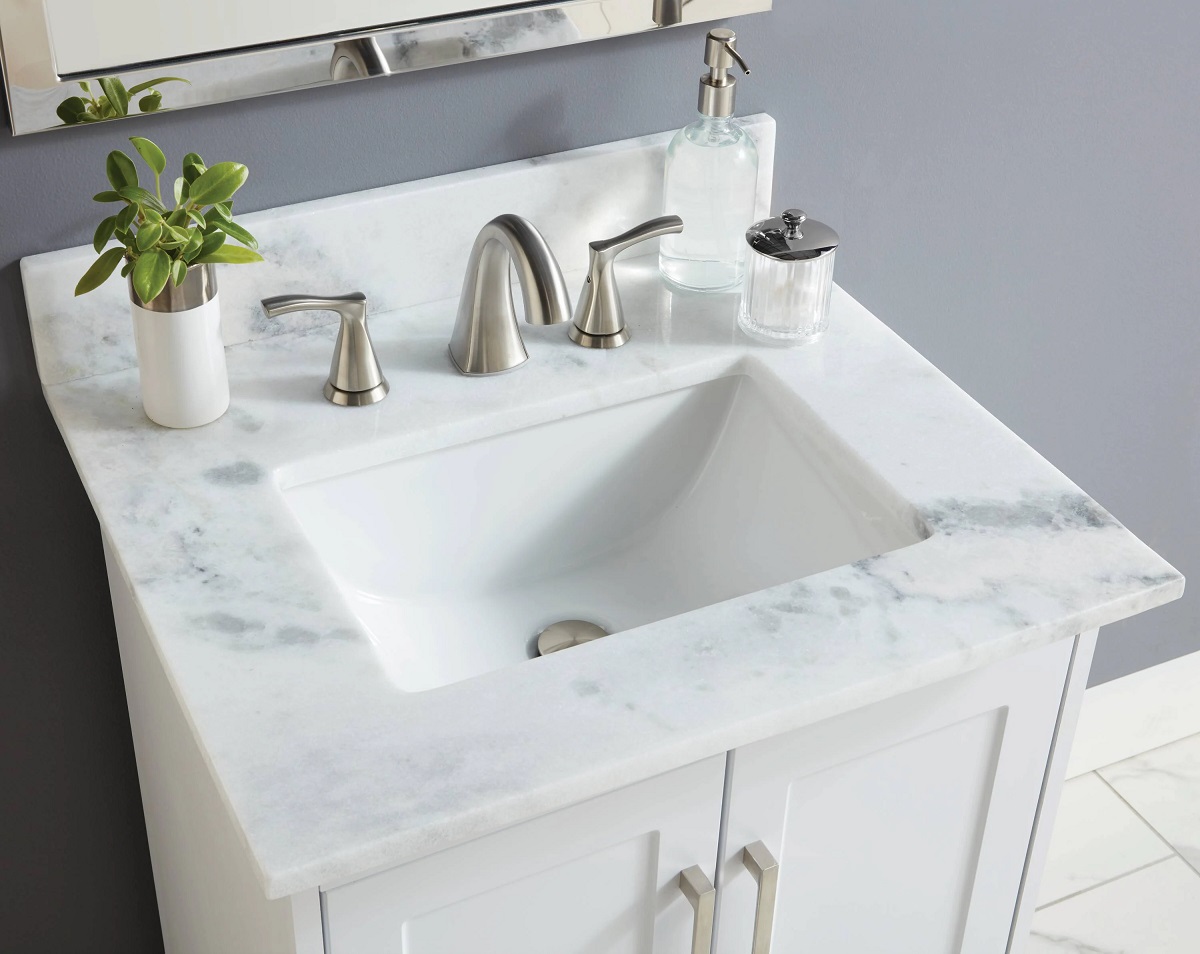
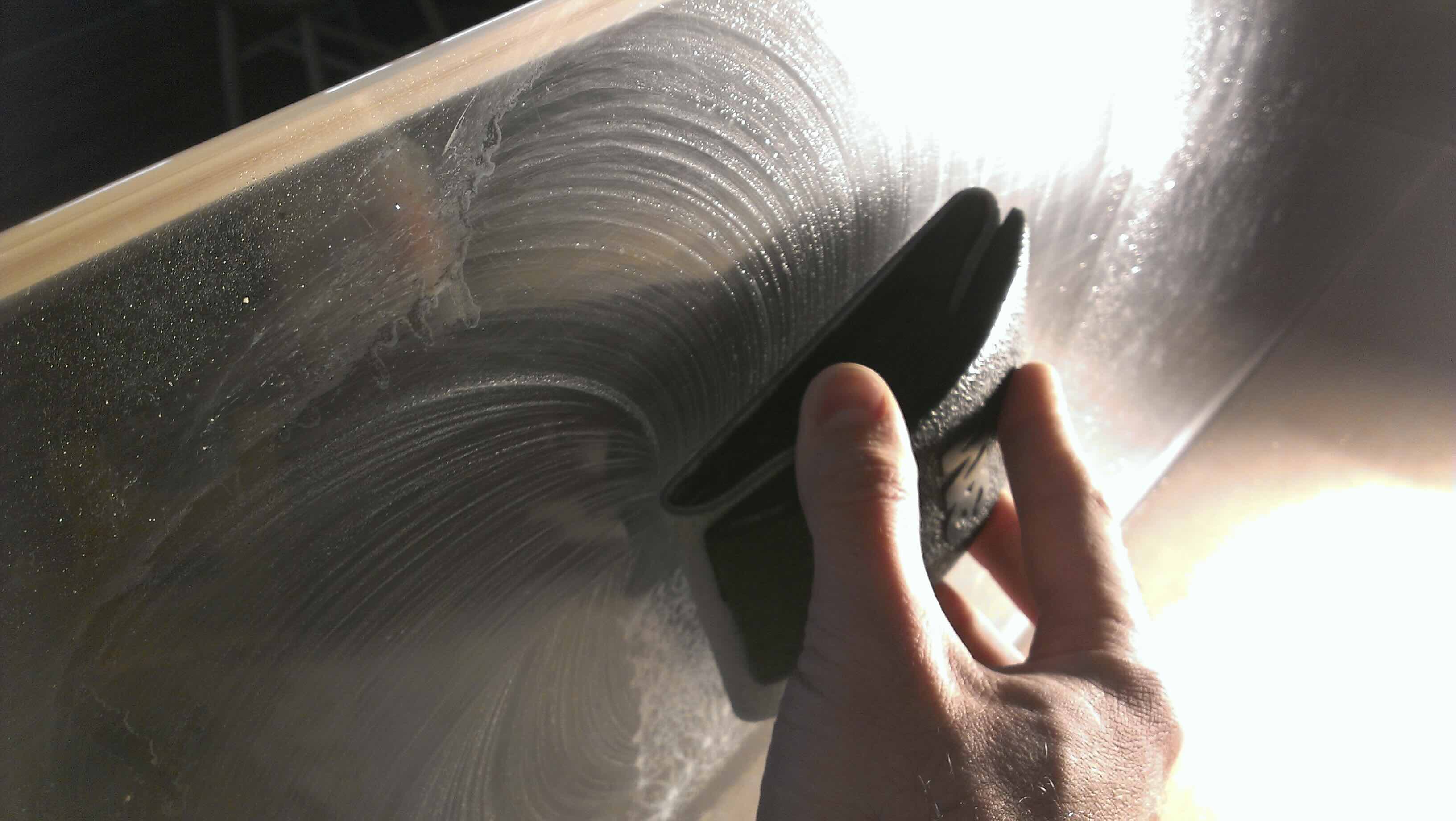
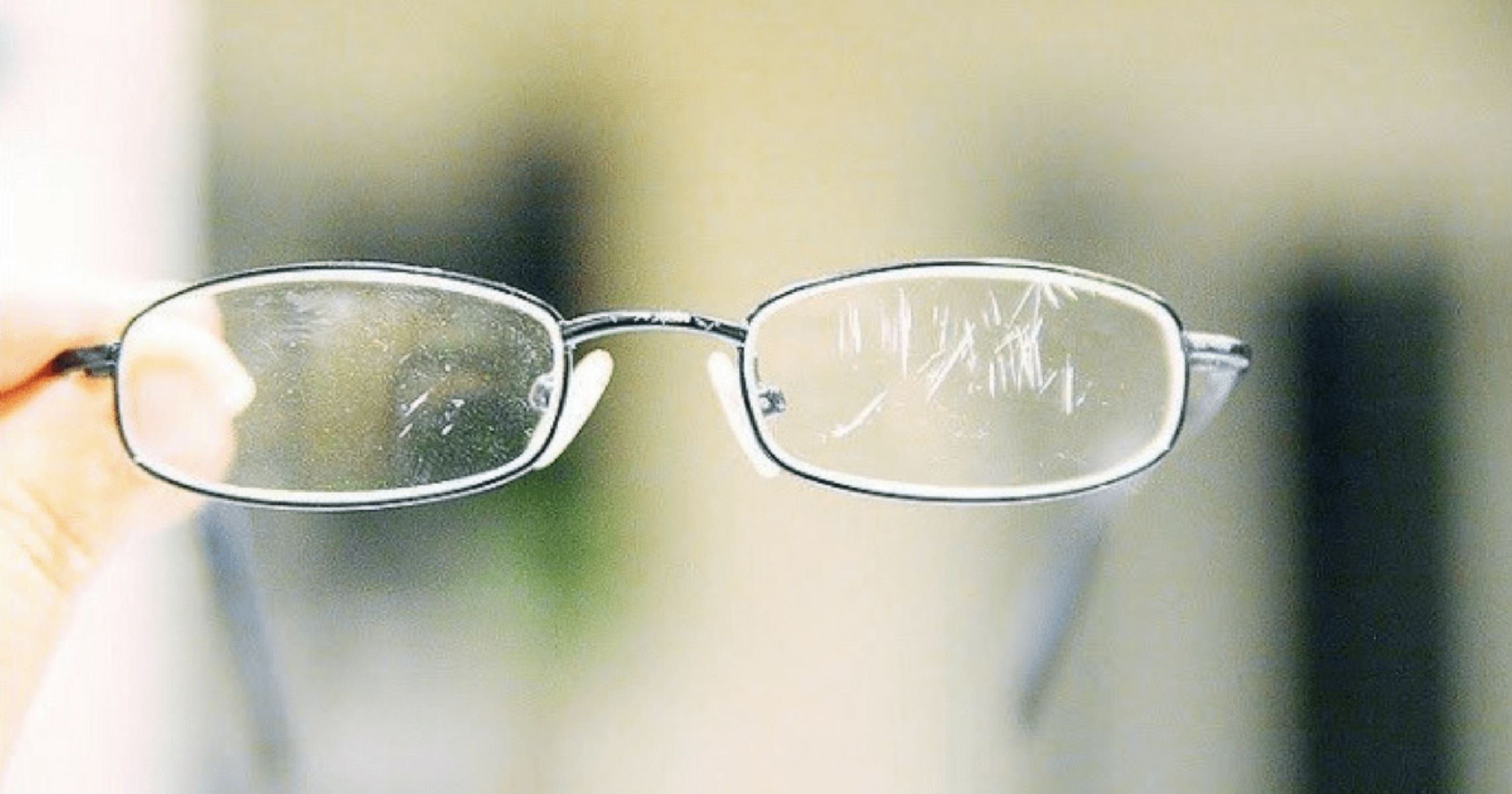


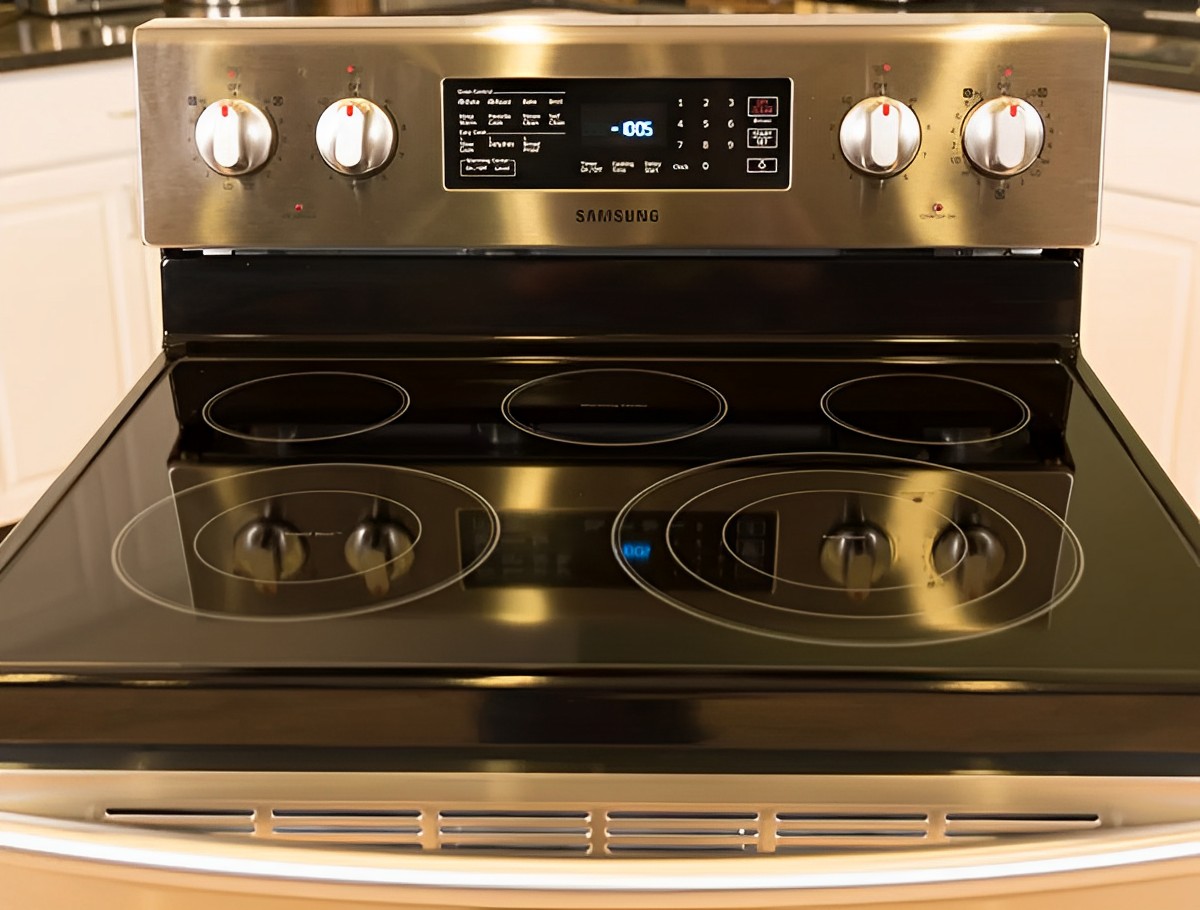

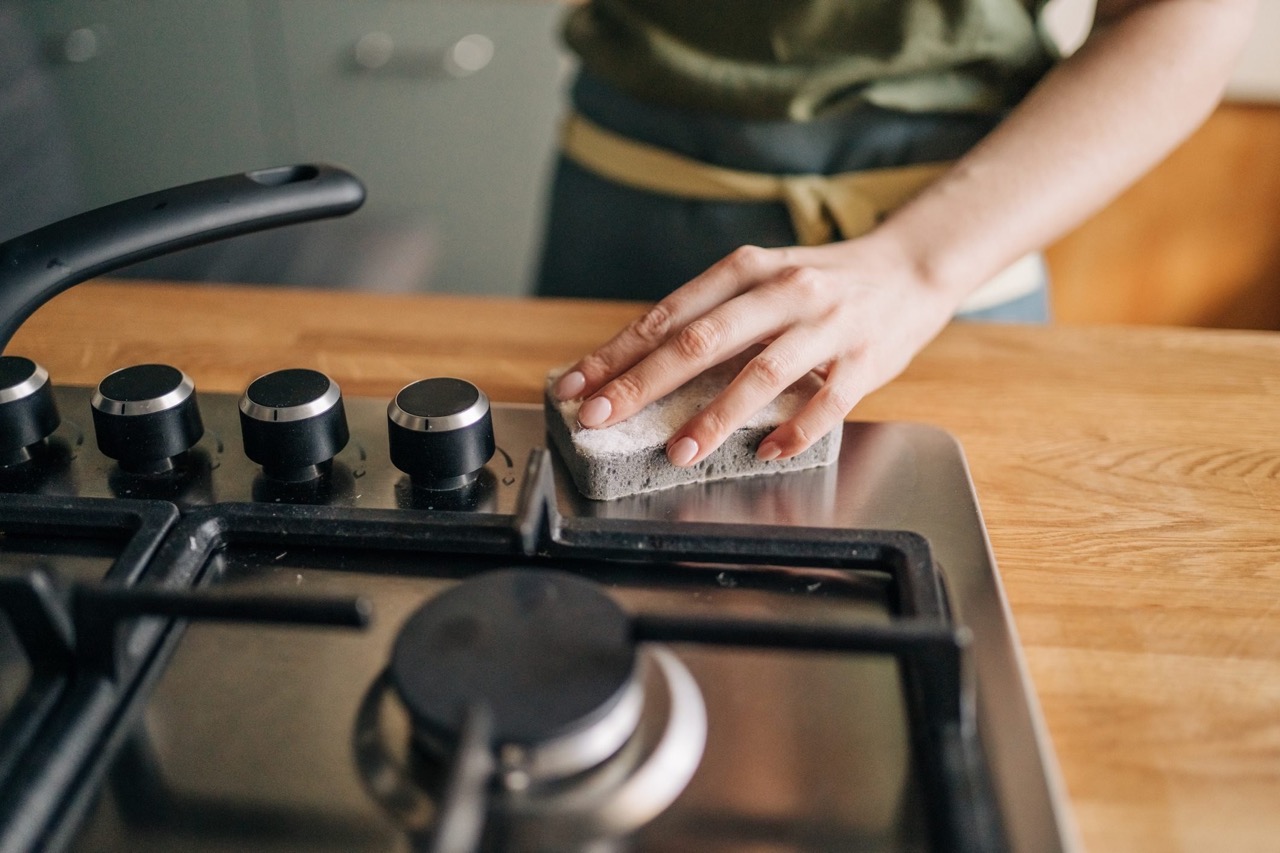
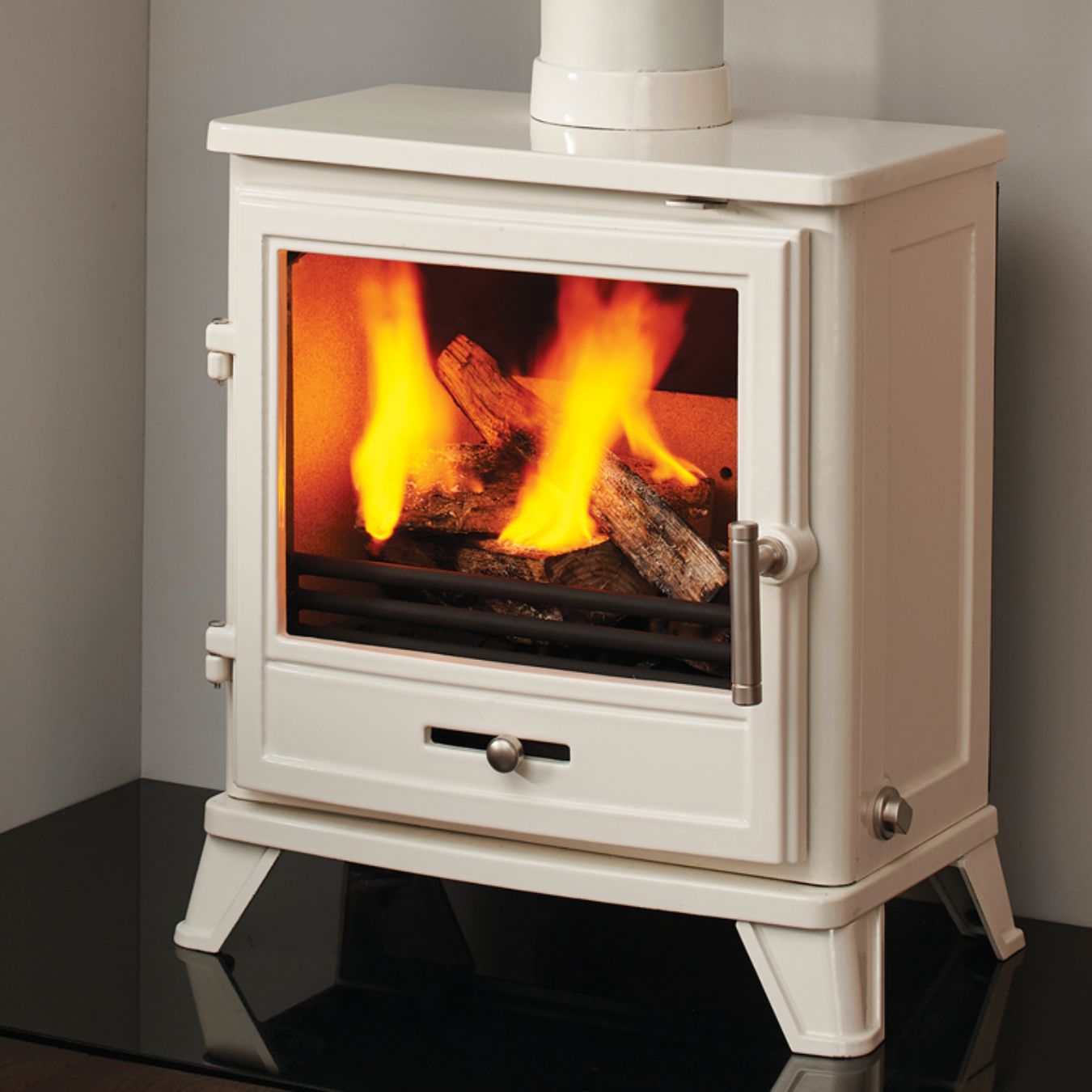

0 thoughts on “How To Protect Glass Stove Top From Scratching”